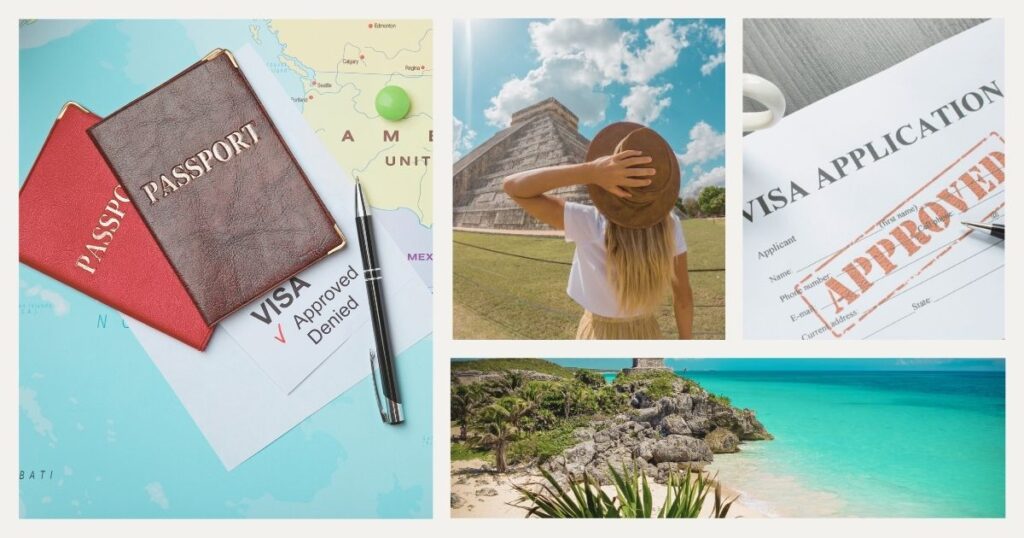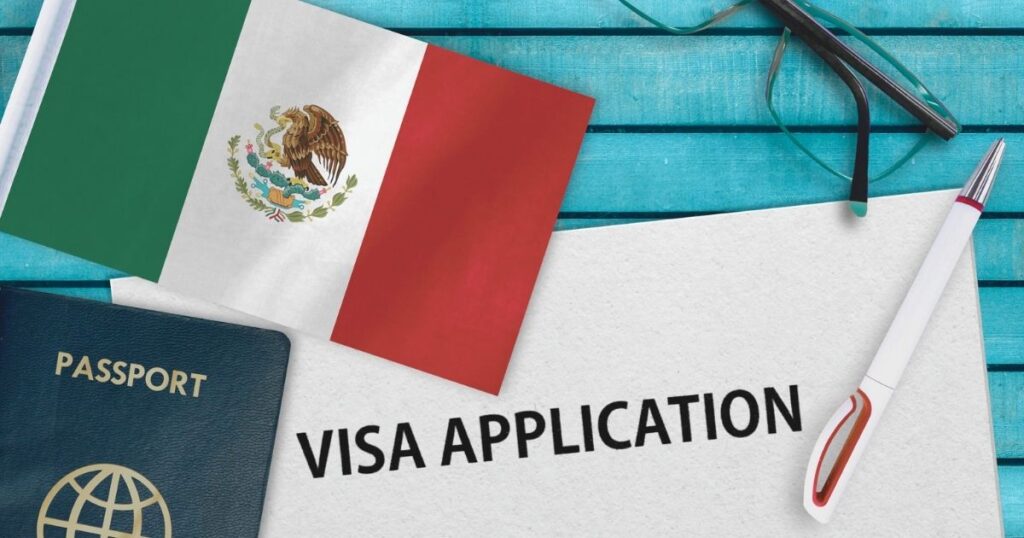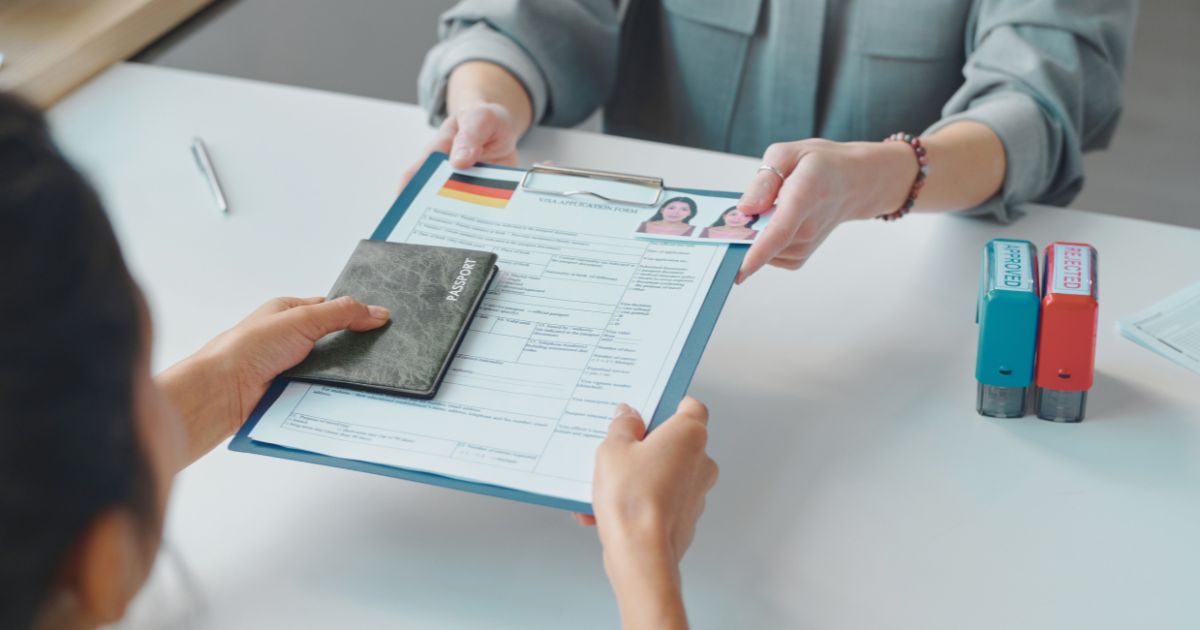Mexico’s vibrant culture, affordable cost of living, and stunning landscapes have made it an increasingly popular destination for expats, retirees, and digital nomads seeking longer stays. If you’re planning to remain in the country beyond the standard 180-day tourist permit, understanding the temporary resident visa in Mexico is essential.
Unlike short-term tourist visits, establishing temporary residency in Mexico offers numerous benefits, including legal status, multiple entries, access to local services, and the potential pathway to permanent residency. The process requires careful planning and attention to detail but rewards you with the freedom to fully experience life in this diverse country.
Understanding the Mexican temporary resident visa basics

Before diving into the application process, it’s important to grasp what the temporary resident visa in Mexico entails and who qualifies for it.
What is a temporary resident visa?
The temporary resident visa in Mexico (Visa de Residente Temporal) allows foreigners to stay in the country for periods longer than 180 days but less than four years. This non-immigrant visa permits multiple entries and exits while maintaining legal status in Mexico.
Initially granted for one year, the temporary resident visa in Mexico can be renewed for three additional years, providing a maximum stay of four consecutive years. After this period, most visa holders become eligible to apply for permanent residency if they wish to remain in Mexico indefinitely.
Unlike the tourist permit (FMM), this visa grants holders the right to work (with proper authorization), open bank accounts, purchase vehicles, and access various services that require official Mexican ID. For digital nomads and remote workers, this stability creates an ideal environment for balancing work and exploration.
Eligibility requirements and categories
Mexico offers several pathways to obtain a temporary resident visa based on your specific situation:
- Economic solvency: demonstrating sufficient regular income or savings
- Family unity: having family ties to Mexican citizens or residents
- Job offer: holding a formal employment offer from a Mexican company
- Property ownership: owning real estate in Mexico above a certain value
- Investment: making qualifying investments in Mexican companies or government securities
- Retirement: showing reliable pension or retirement income
The economic solvency route is particularly popular among digital nomads and remote workers applying for a temporary resident visa in Mexico. Current financial requirements (subject to change) typically include proving monthly income of approximately $2,700 USD or bank savings of around $45,000 USD maintained for the past 12 months.
🌟 Pro tip: requirements for the temporary resident visa in Mexico can vary slightly between different Mexican consulates abroad. Research the specific requirements at your nearest consulate before beginning the application process, as some may be more or less stringent about certain documentation.
Step-by-step application process

Obtaining a temporary resident visa in Mexico involves a two-phase process that begins at a Mexican consulate in your home country and concludes after you arrive in Mexico.
Phase one: consular application
The journey to securing your temporary resident visa in Mexico begins at a Mexican consulate in your country of residence or citizenship:
- Schedule an appointment: contact your nearest Mexican consulate to schedule a visa interview. Many consulates require online appointment booking several weeks in advance.
- Prepare documentation: gather all required documents, which typically include:
- Valid passport (with at least six months’ validity)
- Completed visa application form
- Recent passport-sized photos (specific dimensions required)
- Proof of economic solvency (bank statements, investment accounts, or employment letters)
- Letter explaining your purpose for living in Mexico
- Proof of address in your home country
- Payment for consular fees (approximately $40-60 USD)
- Attend the interview: present yourself at the consulate on your appointment date with all required documentation. The consular officer will review your materials and may ask questions about your plans in Mexico.
- Receive visa approval: if approved, the consulate will place a temporary resident visa sticker in your passport, which is valid for 180 days for a single entry into Mexico.
💡 Did you know? The pre-approval visa sticker in your passport is not your actual temporary resident visa—it’s only authorization to begin the second phase of the process after entering Mexico. You must complete the process at an immigration office within 30 days of arrival.
Phase two: immigration office in Mexico
After entering Mexico with your consular visa sticker, you must complete the process at a local immigration office:
- Enter Mexico: present your passport with the visa sticker to immigration officials at your point of entry. They will provide you with an entry form.
- Visit local immigration office: within 30 days of arrival, visit the immigration office (Instituto Nacional de Migración or INM) nearest to where you’ll be living in Mexico.
- Submit additional documents: typically including:
- FMM entry form received at the border
- Passport with visa sticker
- Proof of address in Mexico (utility bill, rental agreement, or hotel reservation)
- Payment for the visa card fee (approximately $200-250 USD)
- Additional passport photos
- Biometric processing: provide fingerprints and signature for your visa card.
- Collect your temporary resident card: return to the immigration office when notified (usually 2-3 weeks) to collect your official temporary resident card.
🌟 Pro tip: during the waiting period for your temporary resident visa card, avoid leaving the country. If you must travel, you’ll need to request a special exit and re-entry permit, which involves additional paperwork and fees.
Common challenges and how to overcome them

Even with careful preparation, applicants for a temporary resident visa in Mexico often encounter obstacles. Understanding these challenges helps ensure a smoother process.
Documentation issues and solutions
Many temporary resident visa applications face delays or rejections due to documentation problems:
- Insufficient financial proof: ensure bank statements clearly show consistent income or stable savings over the required period. Some consulates prefer to see both income and savings.
- Missing translations: any documents not in Spanish or English may require certified translations. Check with your specific consulate about their requirements.
- Inconsistent information: ensure all information across your application documents is consistent, especially addresses and name spellings.
- Proof of address in Mexico: if you don’t have a permanent address yet, many immigration offices will accept hotel reservations covering your first 30 days, though requirements vary by office.
Internet and connectivity considerations for digital nomads
For remote workers applying for a temporary resident visa in Mexico, maintaining reliable connectivity is essential during the application process and beyond. Mexico’s internet infrastructure varies significantly by location, from excellent fiber connections in major cities to intermittent service in rural areas.
When choosing your location in Mexico, research connectivity options thoroughly. Many digital nomads maintain multiple connection methods, including home internet, mobile data, and access to coworking spaces. For seamless connectivity during travel and the initial settling period, a travel eSIM from Holafly provides reliable data access throughout Mexico without the hassle of purchasing local SIM cards or dealing with complex contracts in Spanish.
🌟 Pro tip: schedule your immigration appointments early in the morning to avoid crowds and have maximum time to address any unexpected documentation issues. Bring all original documents plus multiple photocopies to every appointment—Mexican bureaucracy often requires more copies than initially specified.
Life after receiving your temporary resident visa

Once you’ve successfully obtained your temporary resident visa for Mexico, several important considerations will help you maximize your experience.
Rights and responsibilities
Temporary residents in Mexico enjoy numerous benefits but also must fulfill certain obligations:
Rights include:
- Multiple entries and exits from Mexico
- Ability to apply for work permission (if not already included)
- Opening Mexican bank accounts
- Purchasing and registering vehicles
- Access to certain public services
- Potential tax benefits for some nationalities
Responsibilities include:
- Notifying immigration of address changes
- Carrying your resident card or having it readily available
- Renewing your status before expiration
- Complying with Mexican laws and regulations
- Potentially filing Mexican tax returns
Renewal process and timeline
Temporary resident visas in Mexico require annual renewal for up to three additional years beyond the initial one-year period:
- Begin early: start the renewal process 30-45 days before your current visa expires.
- Gather documentation: similar to your initial application, but without needing to prove financial solvency again in most cases.
- Complete online pre-registration: most immigration offices now require online pre-registration before in-person appointments.
- Visit immigration office: submit renewal application and required documents.
- Collect renewed card: return when notified to collect your updated visa card.
After completing four years as a temporary resident, you’ll need to either apply for permanent residency or leave Mexico for a period before potentially reapplying for temporary status.
Final thoughts on obtaining a temporary resident visa in Mexico
The process of acquiring a temporary resident visa in Mexico represents an investment in creating a stable, legal foundation for your extended stay in this culturally rich and geographically diverse country. While the application procedures require patience and attention to detail, the rewards of legal residency—freedom of movement, access to services, and peace of mind—make the effort worthwhile.
For digital nomads and remote workers, the temporary resident visa opens doors to a lifestyle that balances productive work with immersive cultural experiences. From colonial cities to coastal retreats, Mexico offers environments suited to various preferences and needs, all while providing a cost of living that stretches most Western incomes considerably further.
As Mexico continues to attract international residents, the immigration system continues evolving. Staying informed about requirement changes and maintaining proper documentation will ensure your continued legal status. Resources like Nomada provide up-to-date information tailored specifically to the needs of location-independent professionals navigating international residency processes.
Looking for more comprehensive guidance on establishing yourself as a digital nomad in Mexico? Nomada’s country guides offer detailed information on everything from visa processes to finding accommodation and building community in your new home base.
Your journey to a successful life in Mexico begins with the right preparation 👉
Frequently asked questions about temporary resident visas in Mexico
Generally, no. The temporary resident visa process must begin at a Mexican consulate outside of Mexico. In rare cases, immigration may allow conversion from tourist to resident status for humanitarian reasons or family unity, but this is the exception rather than the rule.
Total costs typically range from $250-350 USD, including both consular fees and immigration office fees in Mexico. Additional costs may include translation services, photocopies, photos, and transportation to appointments.
Not automatically. Unless your visa was specifically issued based on a job offer from a Mexican employer, you must apply for work authorization after receiving your resident card. Remote work for foreign companies generally falls into a gray area, though many digital nomads operate this way.
No, there is no Spanish language requirement for obtaining temporary residency. However, basic Spanish skills greatly facilitate the application process and daily life in Mexico.
Overstaying your visa can result in fines, deportation, and difficulty obtaining future visas. If you cannot complete renewal before expiration, visit immigration to request an exit permit, leave Mexico, and potentially begin the application process again from abroad.




